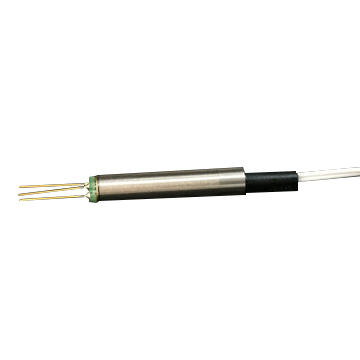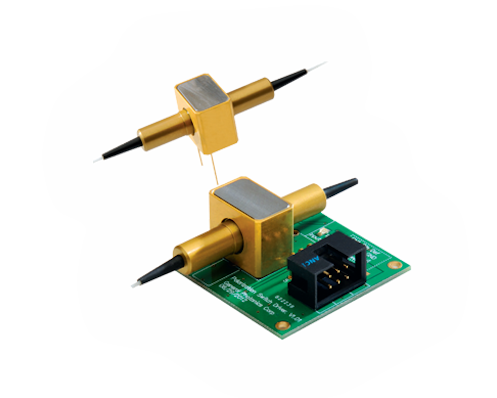Solid-state fiber optic switches are a new choice for optical networks
Solid-State Fiber optic Switch is an all-solid-state switching device that does not require any mechanical parts. It achieves switching of optical signals by utilizing the Faraday effect. This is achieved through the use of a patented non-mechanical configuration and an all-crystal design, which eliminates the need for mechanical movement.
Solid-State Fiber optic Switch connect optical channels by redirecting incoming optical signals to selected output fibers. The switch's solid-state operation provides ultra-high reliability and fast switching speeds, as well as bidirectional performance. SW fiber optic switches are the true switching solution for optical network applications.
Solid-State Fiber optic Switch has many advantages, such as microsecond switching speed, high stability and reliability, ultra-high repeatability, low crosstalk, low insertion loss, wide wavelength range, high extinction ratio, high channel isolation, fault Safe locking, no mechanical parts, low driving voltage, etc.
Solid-State Fiber optic Switch has a wide range of applications in many fields, including metropolitan area networks, system monitoring, configurable optical multiplexers, laboratory research and development, optical signal routing, optical network protection and recovery, transmitters and receivers Machine protection, instrumentation, etc.
Solid-State Fiber optic Switch is a key technology with broad application prospects and will play an important role in future optical networks.
Solid-State Fiber optic Switch connect optical channels by redirecting incoming optical signals to selected output fibers. The switch's solid-state operation provides ultra-high reliability and fast switching speeds, as well as bidirectional performance. SW fiber optic switches are the true switching solution for optical network applications.
Solid-State Fiber optic Switch has many advantages, such as microsecond switching speed, high stability and reliability, ultra-high repeatability, low crosstalk, low insertion loss, wide wavelength range, high extinction ratio, high channel isolation, fault Safe locking, no mechanical parts, low driving voltage, etc.
Solid-State Fiber optic Switch has a wide range of applications in many fields, including metropolitan area networks, system monitoring, configurable optical multiplexers, laboratory research and development, optical signal routing, optical network protection and recovery, transmitters and receivers Machine protection, instrumentation, etc.
Solid-State Fiber optic Switch is a key technology with broad application prospects and will play an important role in future optical networks.
Latest Posts
-

Mechanical Optical Switch is a powerful tool to improve network performance
-

Advantages of High Quality Large Port Optical Switch
-

MEMS OPTICAL SWITCH core components of optical communication networks
-

Solid-state fiber optic switches are a new choice for optical networks
-
Solid-State Variable Fiber Optical Time Delay(SSOTD)



